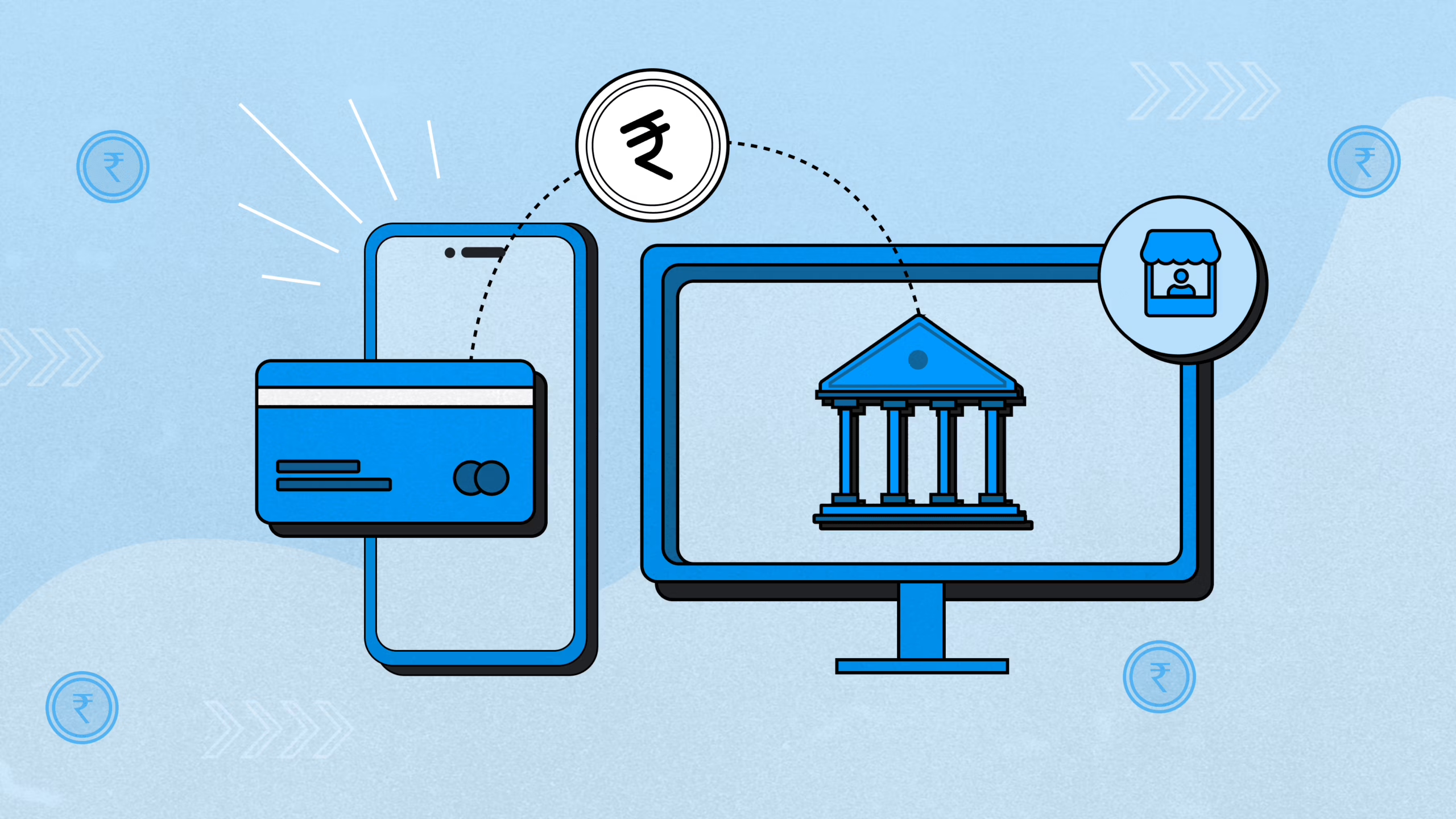In today’s global economy, cross-border financial transactions are essential. From businesses managing international trade to individuals sending remittances, moving money across borders is a critical function. However, slow payment processing can create serious challenges for financial operations, especially for businesses dependent on consistent cash flow.
One common cause of these delays is the often-overlooked payment instruction chain.
Understanding the Payment Instruction Chain
When money is transferred internationally, it rarely moves directly from the sender’s bank to the recipient’s bank. Instead, the transaction passes through a payment instruction chain—a series of banks or financial institutions that relay the payment instructions from one to another until the funds reach the final destination.
The process generally follows this flow:
- The sending (originating) bank initiates the payment.
- If it doesn’t have a direct relationship with the recipient’s bank, it routes the payment through one or more intermediary banks (also called correspondent banks).
- These intermediaries relay the instruction until it reaches a bank that can complete the transfer.
- The final bank in the chain credits the recipient’s account.
Each bank in this chain acts as an agent, and is identified using codes like BIC (Bank Identifier Code) or account details such as NOSTRO/VOSTRO accounts. Other technical identifiers, such as RMA (Relationship Management Application) data, may also be used.
How the Payment Instruction Chain Contributes to Delays
Every bank or intermediary in the payment chain introduces potential friction or delay due to:
- Sequential Processing: Each institution must process the payment in order. Even brief processing times can add up, especially if the payment travels through multiple banks.
- Varying Systems and Cut-Off Times: Banks operate in different time zones with unique system capabilities and daily cut-off times. A payment initiated late in the day may not be processed until the next business day by the next bank in the chain.
- Compliance Checks: Each institution must perform its own compliance review (e.g., AML/KYC checks). If a transaction is flagged, it may be delayed for further verification.
- Fee Deductions and Reconciliation: Intermediary banks may deduct handling fees, which can cause reconciliation issues or require manual corrections further down the chain.
- Increased Risk of Errors: A long chain increases the chance of errors, such as incorrect account information or coding mistakes, which can stall or reject the payment.
Even common systems like checks or ACH (Automated Clearing House) payments can experience similar delays. ACH transfers can be impacted by weekends, holidays, or batch processing windows. Even “same-day” ACH transactions may be delayed depending on system constraints.
The Operational Impact of Payment Delays
For businesses—especially small and medium enterprises—delays in receiving or sending payments can lead to:
- Cash Flow Disruptions: Many businesses operate with limited cash reserves. Delayed payments can make it difficult to cover operating costs like payroll, rent, or vendor payments.
- Strained Business Relationships: Chasing late payments consumes time and resources, and can strain relationships with suppliers or partners.
- Missed Opportunities: Inconsistent cash flow can prevent businesses from investing in growth or taking advantage of time-sensitive opportunities.
- Supply Chain Interruptions: Late payments to suppliers can result in shipping delays or inventory shortages, affecting overall operations.
- Operational Setbacks: When payments are delayed, businesses may be forced to divert resources, postpone projects, or even incur penalties or extra fees.
Strategies for Mitigating Payment Delays
To reduce the risk of delays caused by the payment instruction chain, businesses can take the following actions:
- Use Real-Time Payment Platforms: Services that support instant payments can drastically reduce transfer time, improving cash flow and operational flexibility.
- Implement Online Invoicing Systems: Automated platforms can generate and track invoices, send reminders, and offer multiple payment options, reducing errors and speeding up collection.
- Establish Clear Payment Terms: Setting and communicating clear terms (e.g., due dates, penalties for late payments) promotes accountability and faster payments.
- Offer Early Payment Incentives: Offering small discounts for early payments can encourage customers to pay on time, improving cash availability.
Conclusion: Enhancing Cash Flow Control
The complexity of the payment instruction chain is a significant but manageable challenge in cross-border finance. By understanding how funds move through this system and adopting efficient processes and technologies, businesses can reduce delays, improve cash flow visibility, and maintain operational stability.
Ready to experience the future of cross-border payments for your business or personal needs? Explore how BRISKPE can simplify your international transactions with speed, transparency, and competitive rates.








